A research team led by scientists from India’s Andhra University has developed two novel hybrid-integrated tracking algorithms for dual-axis solar tracking systems (DASTS). The team has simulated and built an experimental setup in which both were tested. One algorithm relies on a light sensor, while the other acquires its data from GPS and real-time clock (RTC) modules.
“Conventional DASTS demonstrate higher PV output power than fixed and single-axis configurations; however, challenges such as system complexity, tracking errors, misalignment, and elevated energy consumption necessitate further optimization,” the group said. “To address these limitations, this paper proposes novel hybrid-integrated tracking algorithms and assesses their impact on PV system performance, output power, and battery state-of-charge (SOC) retention.”
To optimize the system and before creating an experimental setup, the team used AutoCAD for design and Proteus for simulation. In the case of the algorithm named DASTS-Hybrid STA Combination, light sensors were used to detect sunlight, and then mathematical equations calculated where the sun should be and position the PV panel accordingly, using a microcontroller. It used counterweight and DC motors operating in either continuous mode or semi-continuous mode.
As for the DASTS-GPS Integrated Algorithm, in this case, GPS and RTC components were simulated instead of light sensors. Using the data from both GPS and RTC, the microcontroller used formulas to calculate the sun’s angle, changing the panels’ tilt and azimuth accordingly. Following the investigation of those, a prototype was built. They used 15 W PV panels, a gearbox, a 12 V, 14 Ah battery, and mechanical counterweights. In addition, a newly designed light sensor was also used to minimize tracking errors from sensor geometry.
“The results indicate that, compared to a fixed PV panel positioned at optimal annual azimuth and tilt angles, the conventional DASTS increases power generation by 54.36% with an 18.12% decrease in SOC of the battery,” the scientist said. Compared with conventional DASTS, further improvements were observed with hybrid tracking methodologies utilizing the new innovative design of light sensors.
According to the results, the DASTS-Hybrid STA Combination with continuous tracking mode improves power output by 38.69% while decreasing the battery’s SOC by 19.29%. The DASTS-Hybrid STA Combination with semi-continuous tracking mode improves power output by 21.54% with a 16.39% decrease in SOC of the battery. The DASTS-GPS Integrated Algorithm demonstrates a 27% increase in power generation, corresponding with a 15.21% decrease in SOC of the battery.
“Tracking loss errors are introduced at 10 AM to examine system stability, revealing that significant power fluctuations occur when a fixed PV panel is used as a reference-locked system, while the DASTS-GPS Integrated Algorithm approach maintains a more stable power profile,” they added. “The impact of mechanical weights on battery SOC retention is also investigated, showing a 15% reduction in energy consumption across all tracking strategies when mechanical weights are employed.”
The results were presented in “Performance enhancement of photovoltaic panels via hybrid-integrated tracking algorithms,” published in Renewable Energy. Researchers from India’s Andhra University and Australia’s Federation University Australia have participated in the study.
This content is protected by copyright and may not be reused. If you want to cooperate with us and would like to reuse some of our content, please contact: editors@pv-magazine.com.
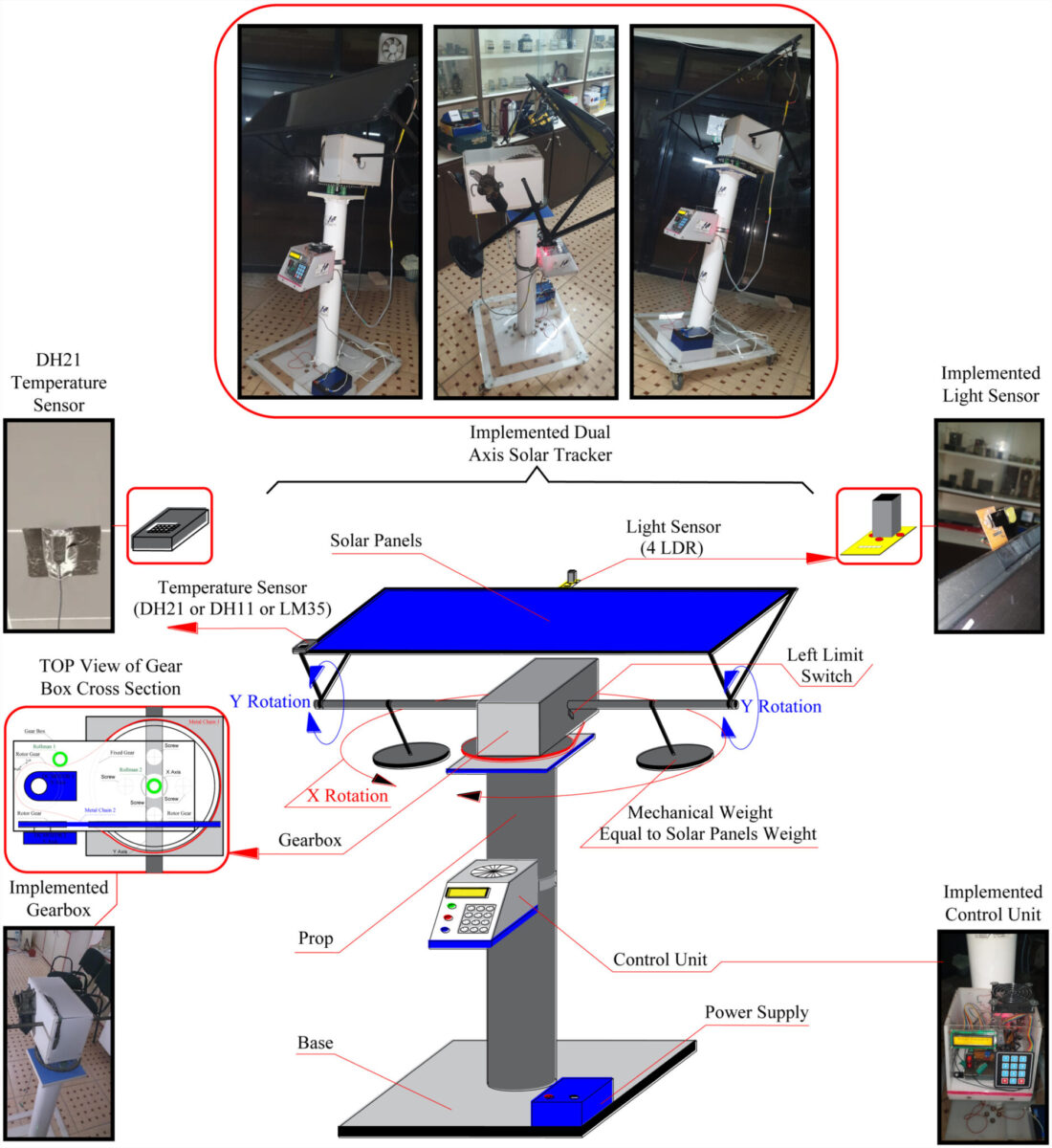
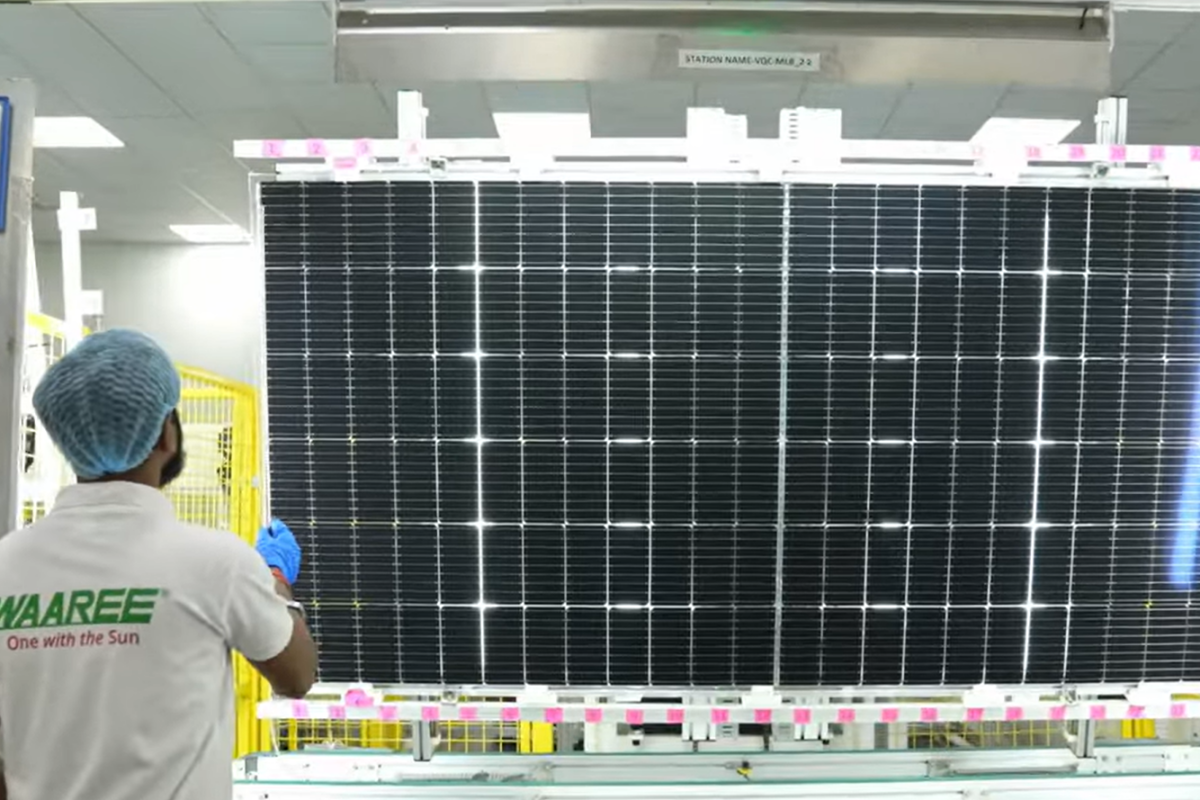




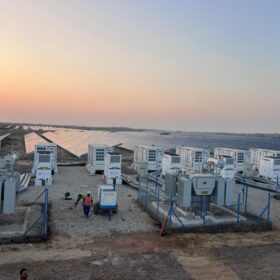
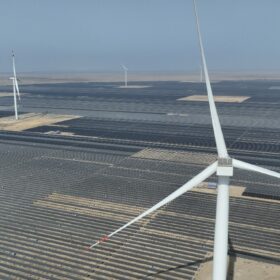
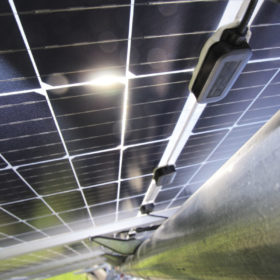
Waiting for this being adopted in india.